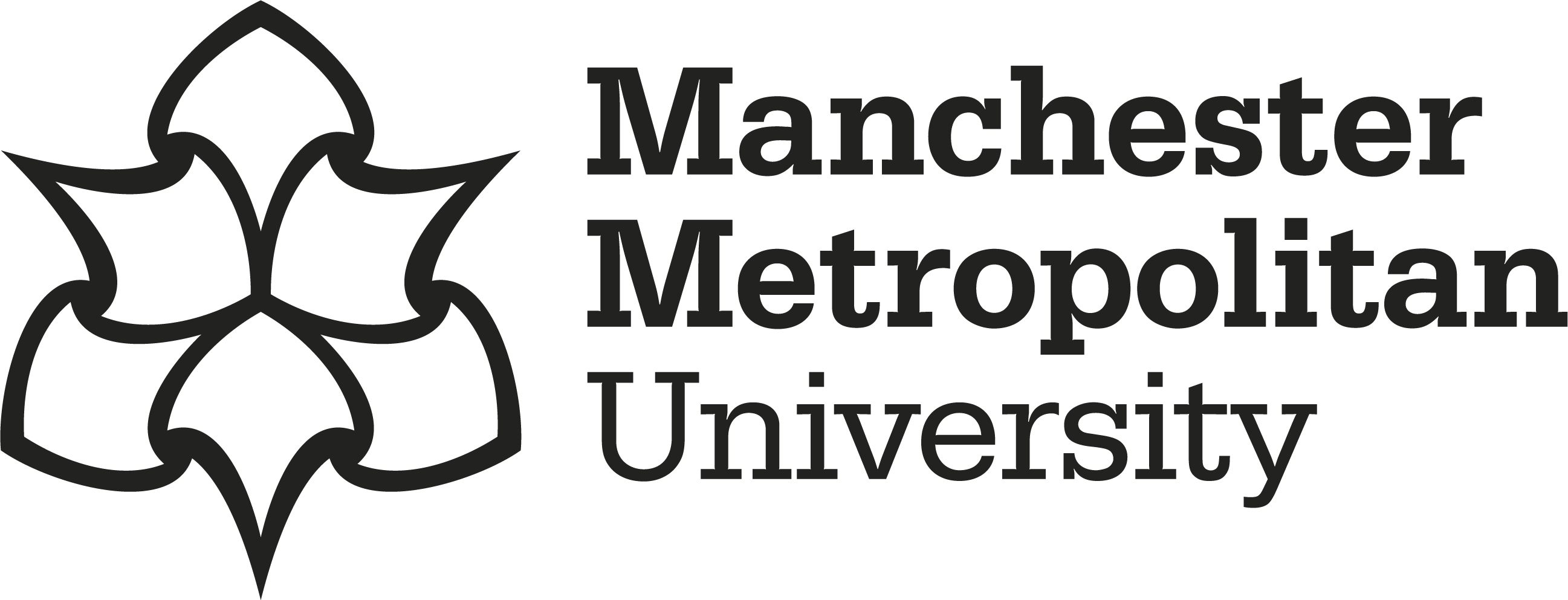Ali, Adnan 



|
Published Version
File not available for download. Available under License In Copyright. Download (1MB) |
Abstract
Graph contrastive learning (GCL) aims to contrast positive-negative counterparts to learn the node embeddings, whereas graph data augmentation methods are employed to generate these positive-negative samples. The variation, quantity, and quality of negative samples relative to positive samples play crucial roles in learning meaningful embeddings for node classification downstream tasks. Less variation, excessive quantity, and low-quality of negative samples cause the model to be overfitted for particular nodes, resulting in less robust models. To solve the overfitting problem in the GCL paradigm, this study proposes a novel Cumulative Sample Selection (CSS) algorithm by comprehensively considering the quantity, quality, and variety of negative samples. Initially, three negative sample pools are constructed: easy, medium, and hard negative samples, which contain 25%, 50%, and 25% of the total available negative samples, respectively. Later, 10% negative samples are selected from each of these three sample pools for training the model. After that, a decision agent module evaluates the model training results and decides whether to explore more negative samples from the three negative sample pools by increasing the ratio or to continue exploiting the current sampling ratio. The proposed algorithm is integrated into a proposed graph contrastive learning framework named NegAmplify (Negative samples Amplification). NegAmplify is compared to the state-of-the-art methods on nine node classification datasets, with seven achieving better node classification accuracy with up to 2.86% improvement.
Impact and Reach
Statistics
Additional statistics for this dataset are available via IRStats2.


